Bogotá carries a colonial past, which I can truly sense with every step along the cobbled streets of Chorro de Quevedo. The colourful houses paint a picturesque scene, and indulging in lunch at my favourite restaurant adds to the enchantment.
STREET ART GALLERY
La Candelaria has transformed into an exquisite street art gallery, showcasing the talents of graffiti artists who pour their skills into stunning murals rich in cultural and protest meanings.
To fully appreciate the depth of these artworks, you must witness them with your own eyes. My personal favourite is Guache, an artist who beautifully captures the essence and authenticity of our peasant and indigenous communities. This unique blend of art never ceases to captivate me.
At one point, Bogotá was known as ‘Santafé,’ but Simon Bolívar discarded that name, leaving only ‘Bogotá,’ its original indigenous name, Bacata.




INDIGENOUS COMMUNITY
Bogotá is home to a thriving indigenous community, initially shaped by migratory movements triggered by forced displacement in the 1940s and 1950s, and later influenced by urban expansion in the late 1990s.
Presently, the city hosts fourteen indigenous councils, including the Muisca de Suba, Muisca de Bosa, Kichwa, and Uuitoto, among others. Notably, the last decade has witnessed the migration of Emberá Katío and Emberá Chamí indigenous groups.
These communities can be found in Parque del Tercer Milenio, showcasing, and selling their exquisite traditional necklaces. For those interested in purchasing their products, I recommend checking the Instagram account of Nober Siagama for authentic creations from the Emberá Chamí community that never fails to inspire with their skill and authenticity.

Embera Community – Bogota
BOGOTA ICONS OF HISTORY
It is worth mentioning that Bogotá boasts significant figures in the history of the country, one of them being Antonio Nariño. He played a crucial role in connecting the Enlightenment ideals of Europe with the independence project of Colombia through the translation of human rights.
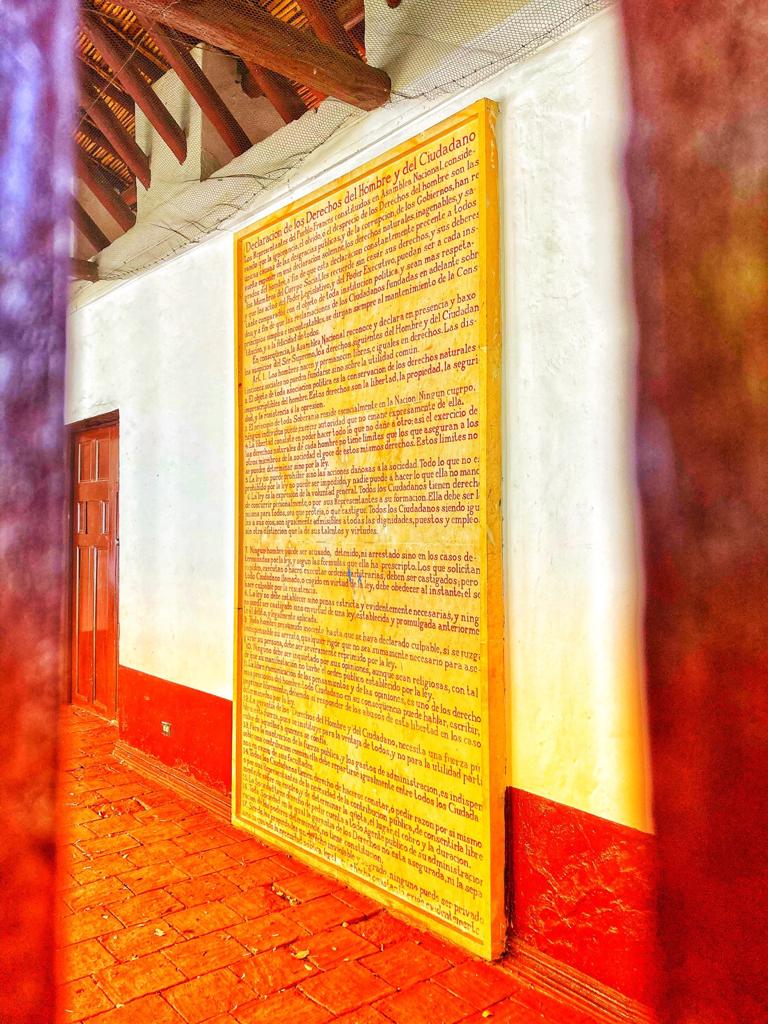


Let us also honour the memory of Policarpa Salavarrieta, an extraordinary woman born in Guaduas, who dedicated much of her life to the struggle for freedom in Bogotá. Her memorial is located near the Universidad de los Andes, and I recently had the opportunity to visit it during a city stroll with my sister and little nephew, Matito..

Policarpa Salavarrieta has been remembered through the years as “La Pola.” In fact, there is a TV series also named “La Pola” that I recommend you watch. By watching it, you will gain insight into the spirit of this courageous woman who resisted the injustices of the Spanish crown until her death.
This incredible Colombian production, falling within the drama and romance genres, captures the essence of a well-told and authentic story that resonates with the tastes of many Colombians.
Unfortunately, history would unfold tragic endings for these heroes during a period known as “La Reconquista.” They were tortured and ultimately killed, contributing to an era that would later be marked by increased animosity and revolution. In honour of these historical heroes, a neighbourhood called “Los Mártires” was founded in Bogotá.

Bogotá, the city of graffiti and intellectuals, stands as the hub of prominent universities and schools of thought. It is a vast city where also artists converge to shape its future. Come and witness the vibrant intellectual life it nurtures.! ❤️
With Love Jenny
🙏
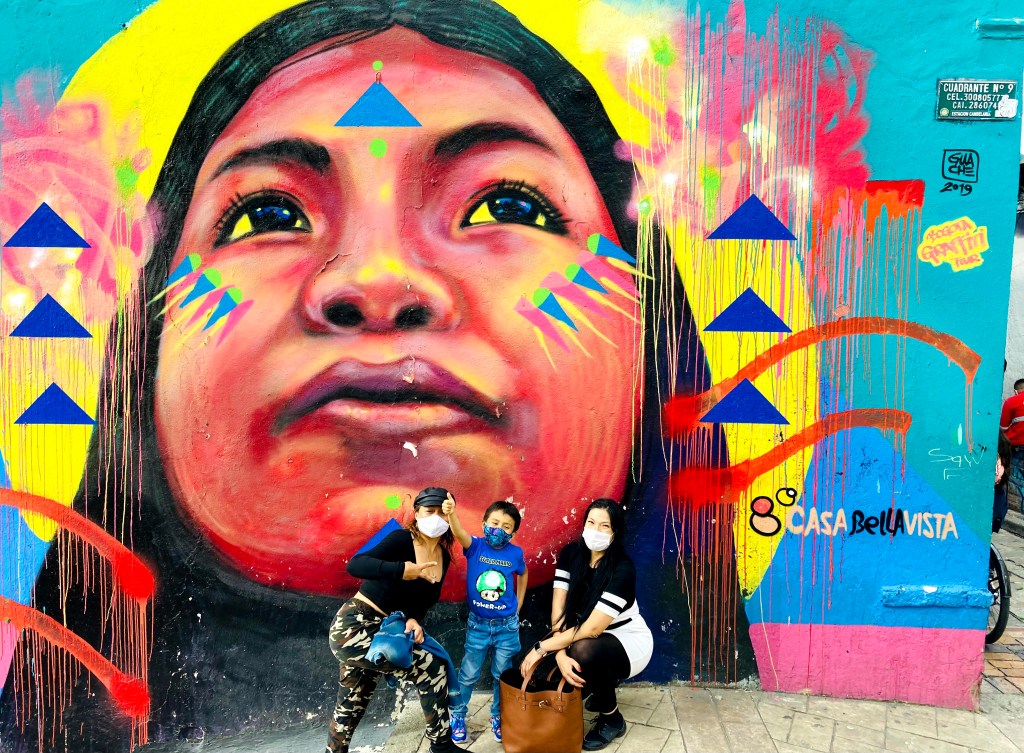




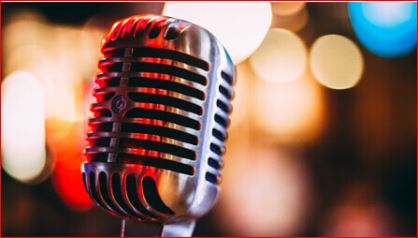

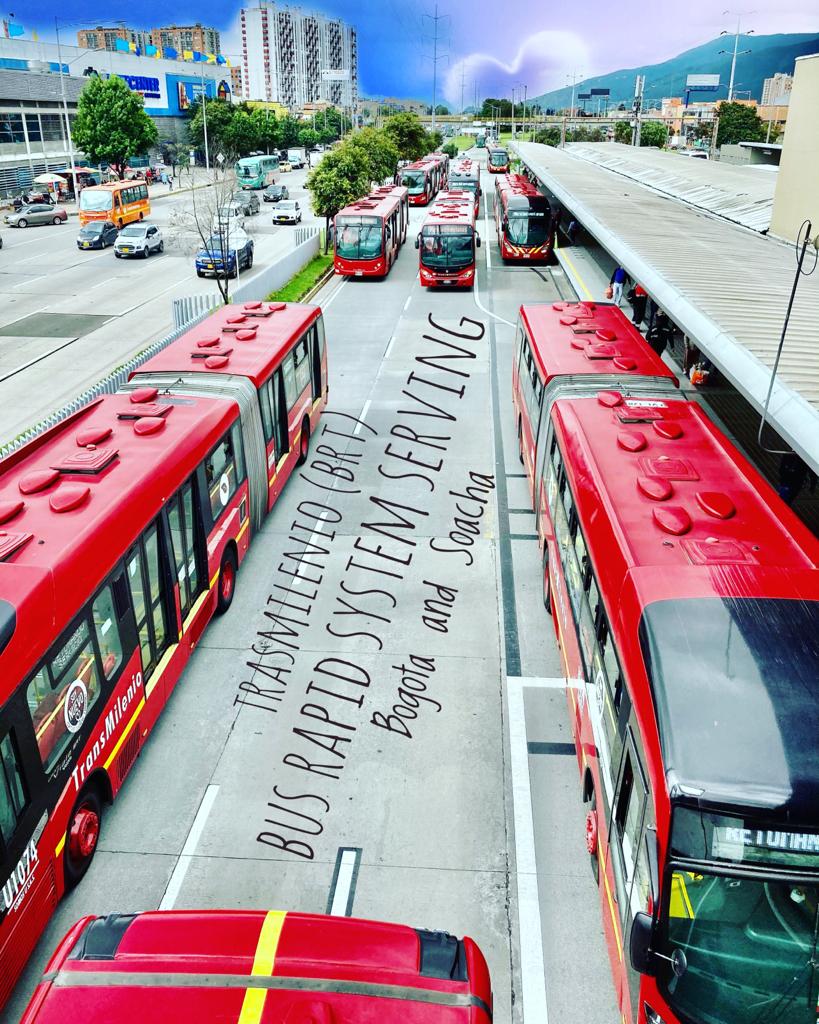
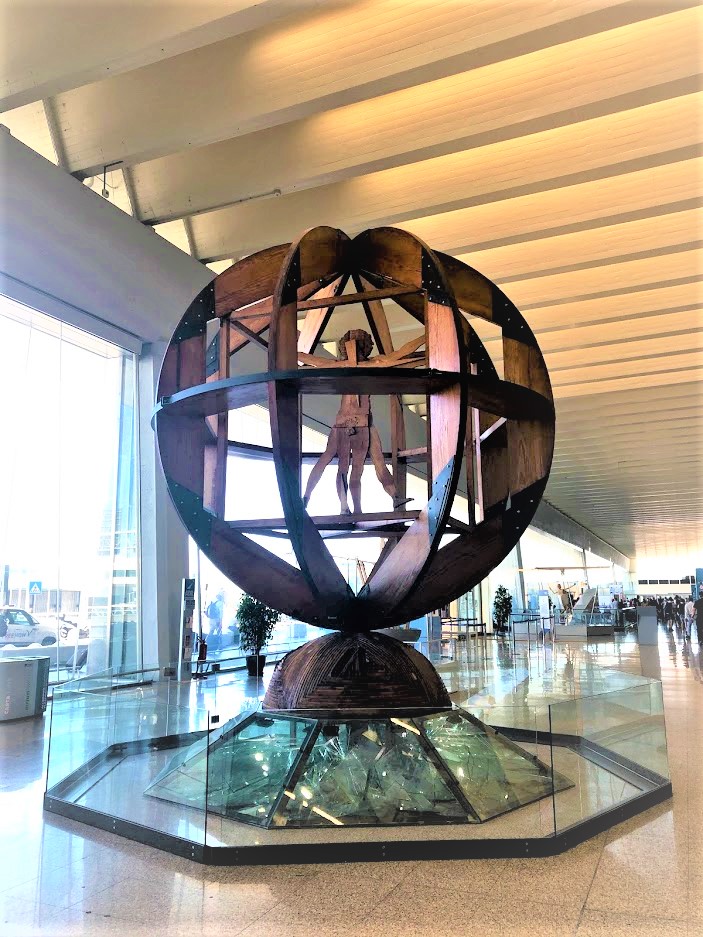
Leave a comment